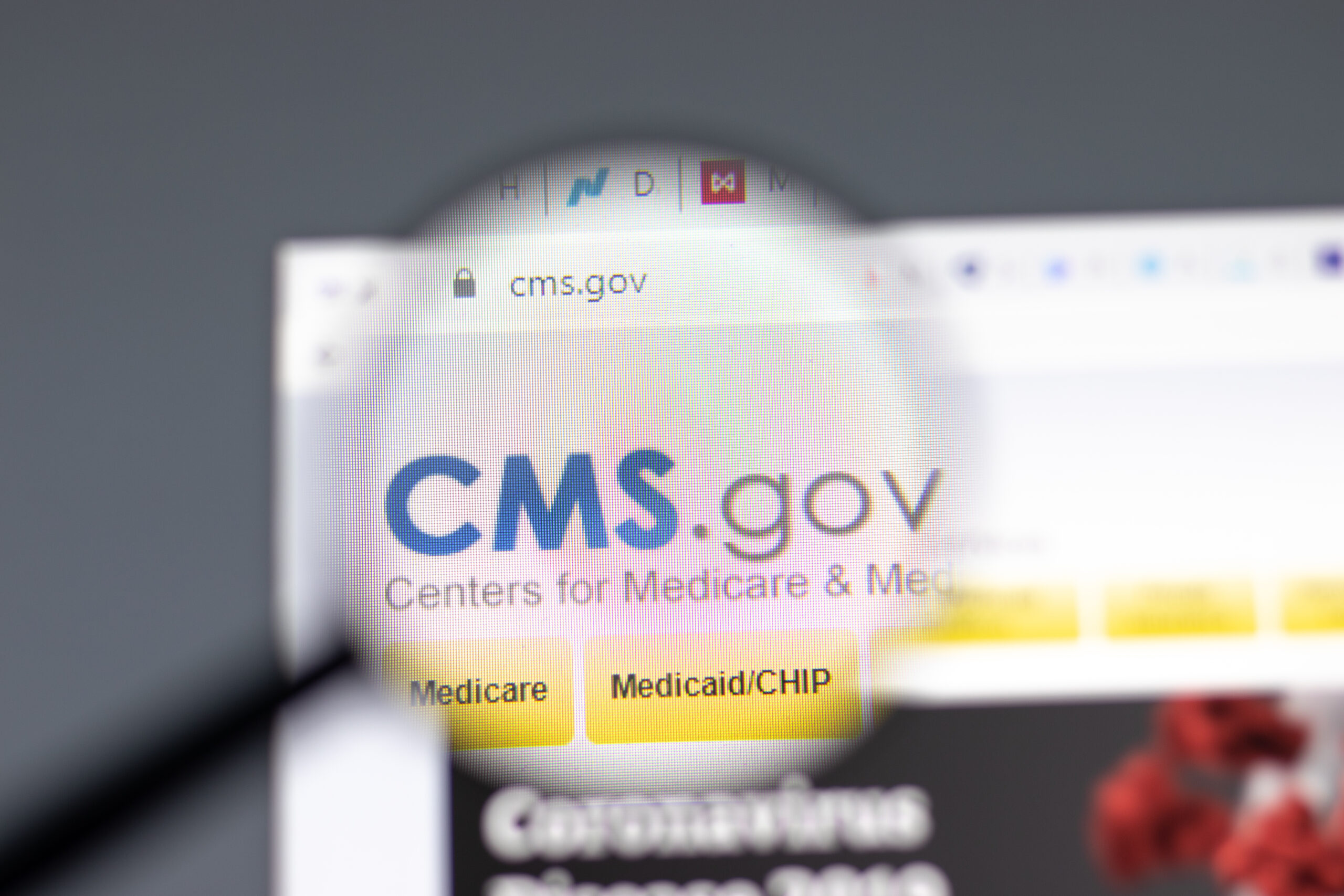
Given the regulatory activity relating to the RADV Final Rule and 2023 Final Rate Notice, many speakers at this year’s RISE National conference referenced compliance and performance challenges. Against this backdrop, the presentation sponsored by Vatica Health was timely as it focused on how payers and providers can collaborate to improve financials results, compliance and patient outcomes.
You can view the presentation here, or read on for highlights.
Vatica CEO Hassan Rifaat, MD, kicked off the session with a market assessment. “The game has changed completely,” he noted. “You’ve got to be great, and you’ve got to be compliant. RADV is no longer a speeding ticket. It’s a big fine. There are lots of consequences for doing risk adjustment wrong.”
Rifaat called out the serious deflation in the transition from CMS-HCC model V24 to V28. Based on his experience, he noted that the best course of action is for the providers who treat the patients to code and document via an in-office program. This helps to ensure that all active conditions are captured and treated.
Experience is the best teacher
Robert Tracy, senior vice president of government programs at Independent Health Association (IHA) in Buffalo, NY, described IHA’s evolution in building a successful in-office risk adjustment program. IHA offers Medicare Advantage plans in eight counties of western New York, covering 68,000 members. IHA initially built a paper-based process connected to Annual Wellness Visits. While a significant number of members participated, providers voiced concern about the inefficiency of the paper-based process not connected to their workflows.
IHA then implemented Vatica’s solution that combines clinical resources and technology at the point of care. Vatica’s extensive pre-visit preparation results in only vetted and validated HCC codes and care gaps being presented, setting the stage for a more effective, efficient visit. Providers appreciate the comprehensive support, which has helped drive participation to include nearly 78% of eligible providers in IHA’s network.
In the process, IHA learned that an investment in primary care is a wise decision that pays off. Patients can be educated to take advantage of the annual visit, resulting in improved care coordination and satisfaction. Tracy noted that an organization-wide effort is needed to succeed, along with a PCP-centric approach that supports PCPs and integrates seamlessly into their workflow and scheduling system.
Hear Tracy’s summary of best practices below.
A firehose of information
Vatica solves this problem by curating only validated conditions and codes, which helps the PCP make the most of their time with patients. “That pre-visit summary gets our providers thinking about not just the conditions but what care management is needed,” he explains. “It helps our providers build trust. We tell our patients that we want to identify all of their conditions so we can take great care of them.”
Charles cited a 10% improvement in risk score accuracy since the practice started using Vatica. He highlighted specific improvements in hemoglobin A1C levels and blood pressure control. In addition, the revenue generated has helped providers in multiple ways. Hear more from Charles about these services and benefits below.
The presenters agreed that in-office solutions such as Vatica should be the core of a risk adjustment strategy for payers and other at-risk entities. Solutions must support PCPs and minimize the time required, allowing providers to work at the top of their license while compensating them fairly for the work they do and the results. This will maximize compliant yield benefiting the payer, provider and patient.
How Vatica can help
Vatica is the #1 ranked PCP-centric risk adjustment and quality-of-care solution for health plans and health systems. By pairing expert clinical teams with cutting-edge technology, Vatica increases patient engagement and wellness, improves coding accuracy and completeness, identifies and closes gaps in care, and enhances communication and collaboration between providers and health plans. The company’s unique solution helps providers, health plans and patients achieve better outcomes together. With the Vatica team providing the extra resources needed for complete, compliant coding and documentation, physician participation is easier to enlist and sustain. To learn more, visit https://vaticahealth.com/.







Recent Comments